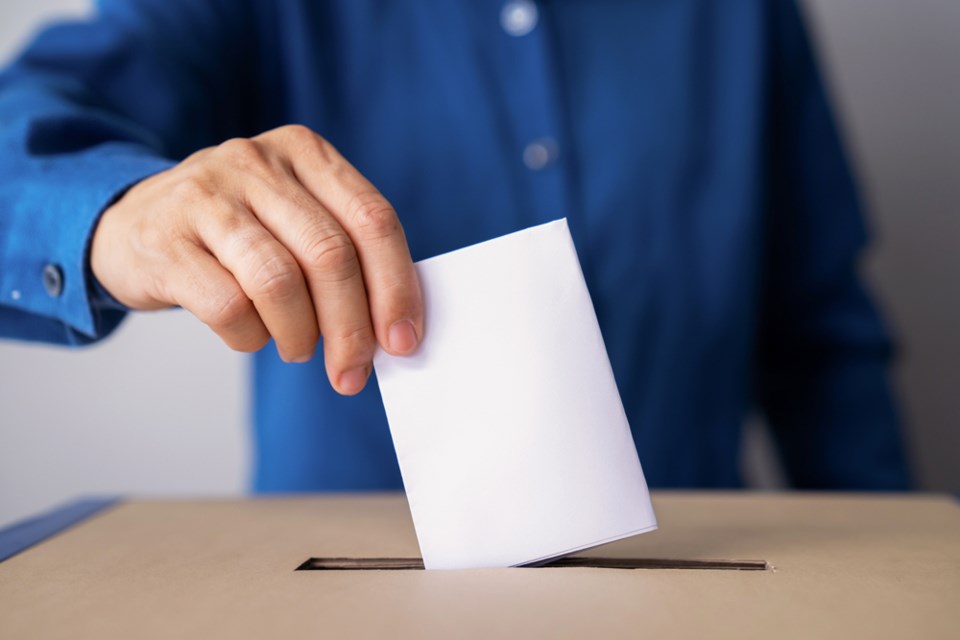There is usually not much to learn from another province’s general election, but the recent result in Alberta serves as a reminder that some of this country finds itself moving in two different directions.
One side is moving along rural lines, while the other is becoming entrenched in urban and suburban areas. It is the great rural-urban divide, and it presents a challenge for any government, no matter which party is in power.
The Alberta election result largely mirrored the B.C. election outcome in 2020, albeit with philosophically opposite parties winning each contest.
The winning United Conservative Party proved victorious by dominating the rural regions of the province (snatching about 90 per cent of the ridings located there), while the NDP made impressive gains by winning almost three-quarters of the urban and suburban ridings.
In the last B.C. election, the BC NDP won about 80 per cent of the urban and suburban ridings (which are the ones in Metro Vancouver and the Capital region). The BC Liberals (now the BC United Party) won more than half the rural and regional seats.
A key takeaway from these results is that conservative-oriented voters seem to be in decline in the urban and suburban areas of the country, a shift that favours political parties that lean in different philosophical directions.
The fact that the Alberta NDP took a majority of seats in the Calgary metro area ― usually an electoral desert for that party ― is telling.
That outcome is like what happened in B.C. in the 2020 vote, when the NDP scored historical breakthroughs by winning seats in Langley, Abbotsford and Chilliwack, areas where it had never tasted success in a general election (it did win a byelection once in Chilliwack). Plus, it won seats in Richmond for the first time in almost 50 years.
This rural-urban divide can also be seen at the federal level. In the most recent federal election, the ruling Liberals won 15 of the 23 ridings in Metro Vancouver while the NDP took five of them and the Conservatives just three (that means the centre-left parties took 90 per cent of the seats in the most populous region, up from just 40 per cent a decade earlier).
I suspect this shift in voting patterns is indicative of changing demographics. The suburbs are dominated by younger people and young families, who naturally gravitate to parties that are not right-wing.
In B.C., this divide may get even wider in the years ahead. The provincial legislature will grow by six seats before the next election, and five of the new ridings are in Burnaby, Langley, Surrey and Vancouver in Metro Vancouver, as well as Langford in the Capital region (the sixth riding will encompass downtown Kelowna).
As I have mentioned, this kind of split can pose problems for any sitting government. When one side doesn’t have much representation at the caucus or cabinet table (in Alberta, the urban/suburban voters are almost shut out, while the opposite is true in B.C., where the regions don’t have much of a voice), getting public policy right on key policies can prove to be a challenge.
The ruling NDP government has been dealing with that challenge for almost six years now. Alberta Premier Danielle Smith will now be the latest leader trying to navigate what appears to be a growing divide.
Keith Baldrey is chief political reporter for Global BC.

.jpg;w=120;h=80;mode=crop)



